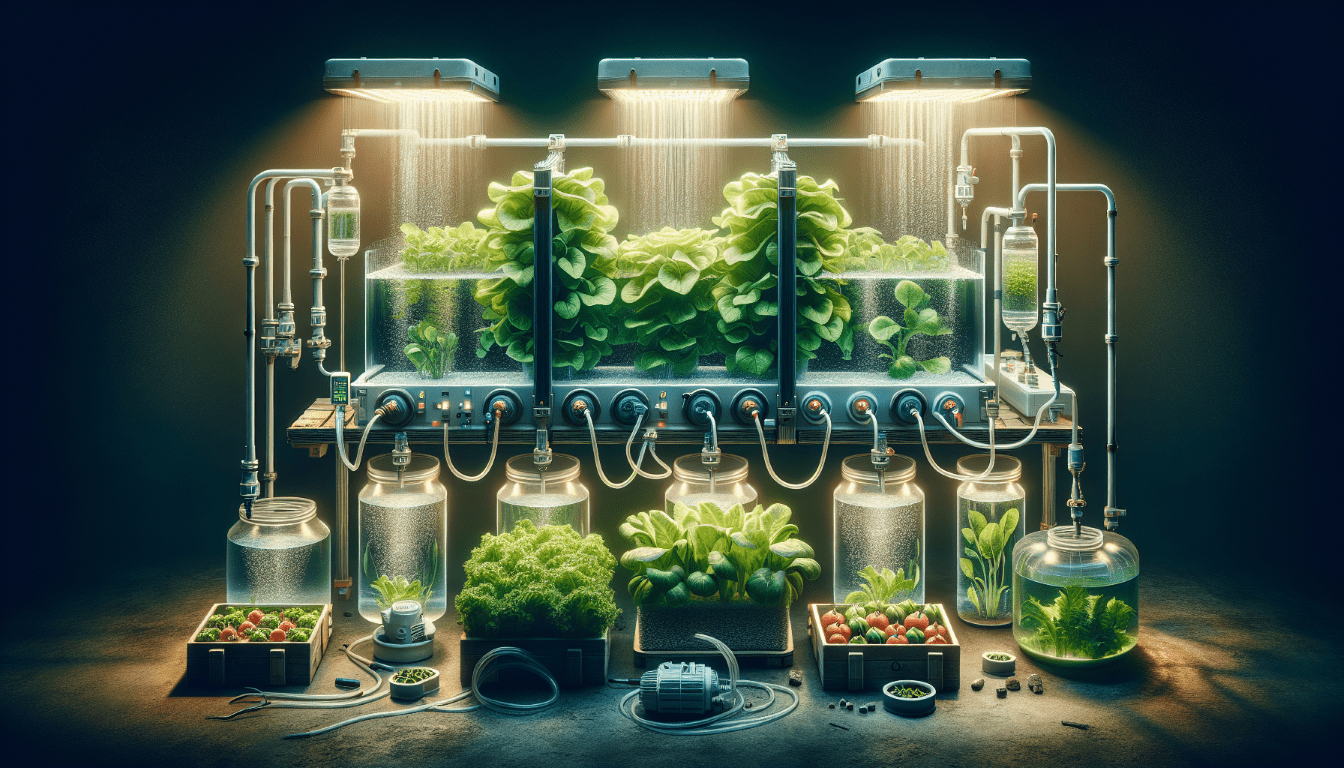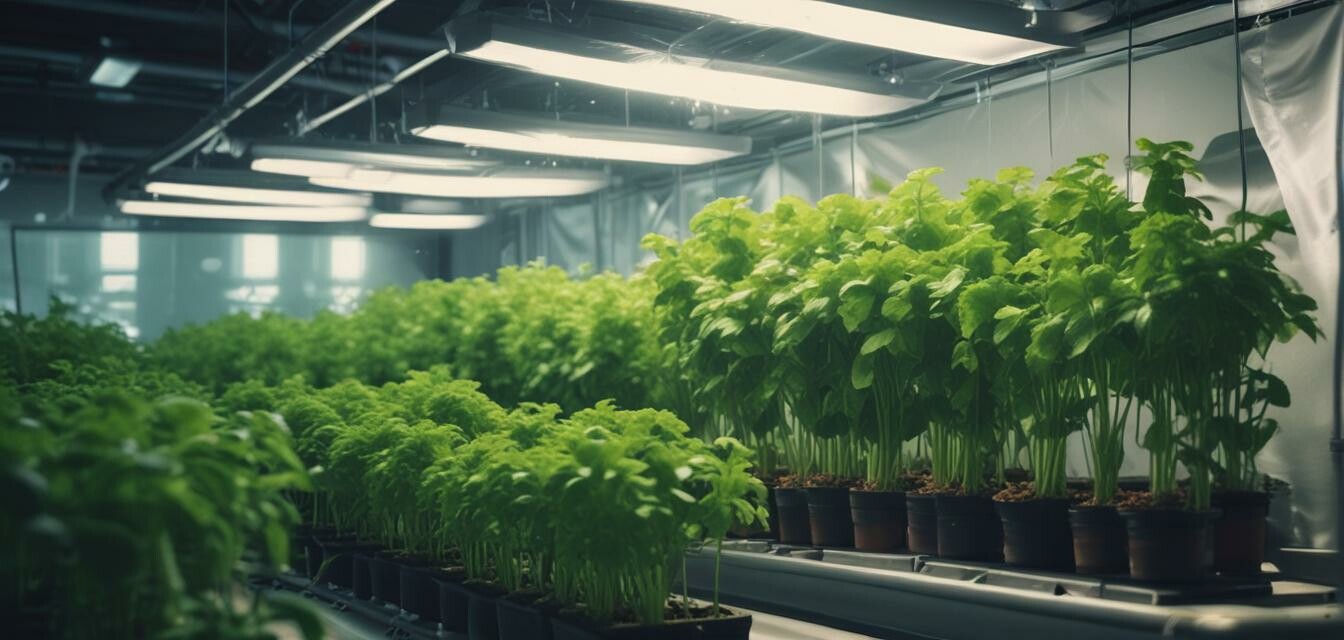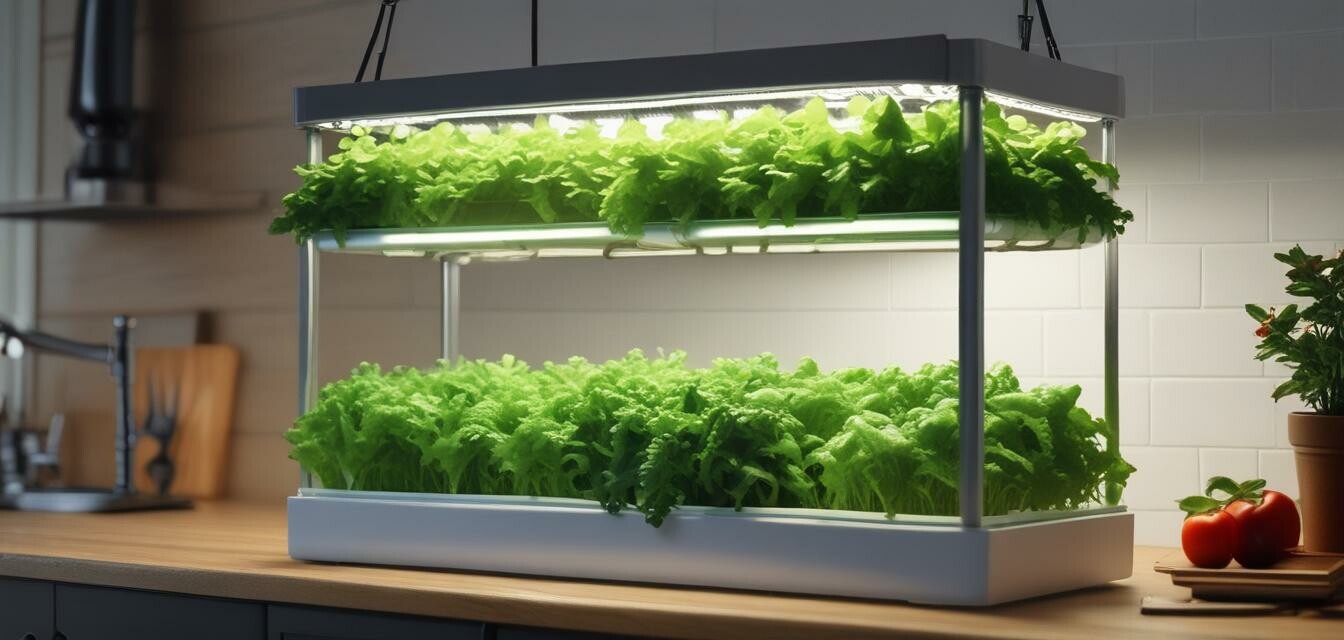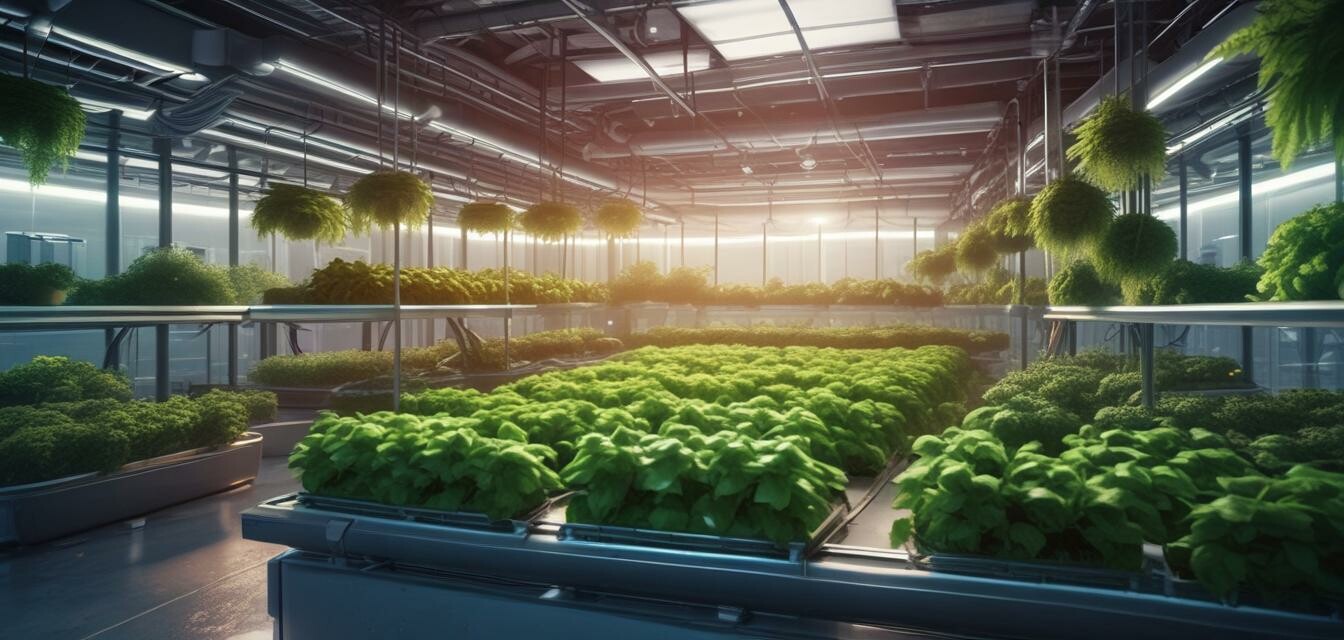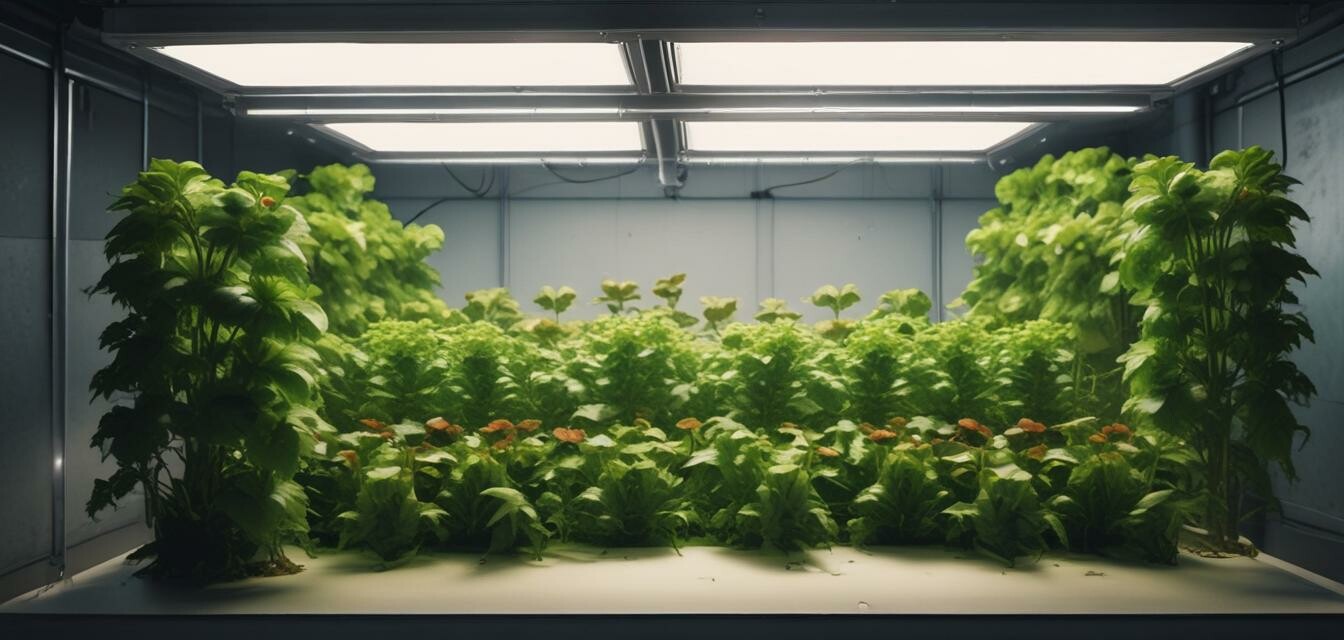
Hydroponic Growing Techniques
Discover the art of hydroponic growing and learn how to maximize your plant yield and growth efficiency.
Key Takeaways
- Understand the different types of hydroponic growing techniques
- Learn how to choose the right technique for your plants
- Maximize plant yield and growth efficiency with hydroponics
What is Hydroponic Growing?
Hydroponic growing is a method of growing plants without soil, using a nutrient-rich solution instead. This technique allows for more control over the nutrient intake, resulting in faster growth rates and higher yields.
Types of Hydroponic Growing Techniques
| Technique | Description | Advantages | Disadvantages |
|---|---|---|---|
| Nutrient Film Technique (NFT) | A continuous flow of nutrient-rich solution is pumped through pipes, providing plants with a constant supply of nutrients. | High yields, water-efficient, and easy to maintain | Requires a lot of equipment and can be expensive |
| Ebb and Flow (Flood and Drain) | The plants are placed in a tray, and the nutrient solution is pumped in and out at regular intervals. | Easy to set up, low maintenance, and cost-effective | Can be prone to waterlogging and root rot |
| Drip Irrigation | Nutrient-rich solution is delivered directly to the roots through a network of tubes and drippers. | Highly water-efficient, easy to automate, and customizable | Can be prone to clogging and requires regular maintenance |
| Aeroponics | Plants are suspended in the air, and the roots are misted with a nutrient-rich solution at regular intervals. | High yields, water-efficient, and easy to maintain | Requires a lot of equipment and can be expensive |
Choosing the Right Hydroponic Growing Technique
When choosing a hydroponic growing technique, consider the type of plants you want to grow, the space and equipment you have available, and your budget.
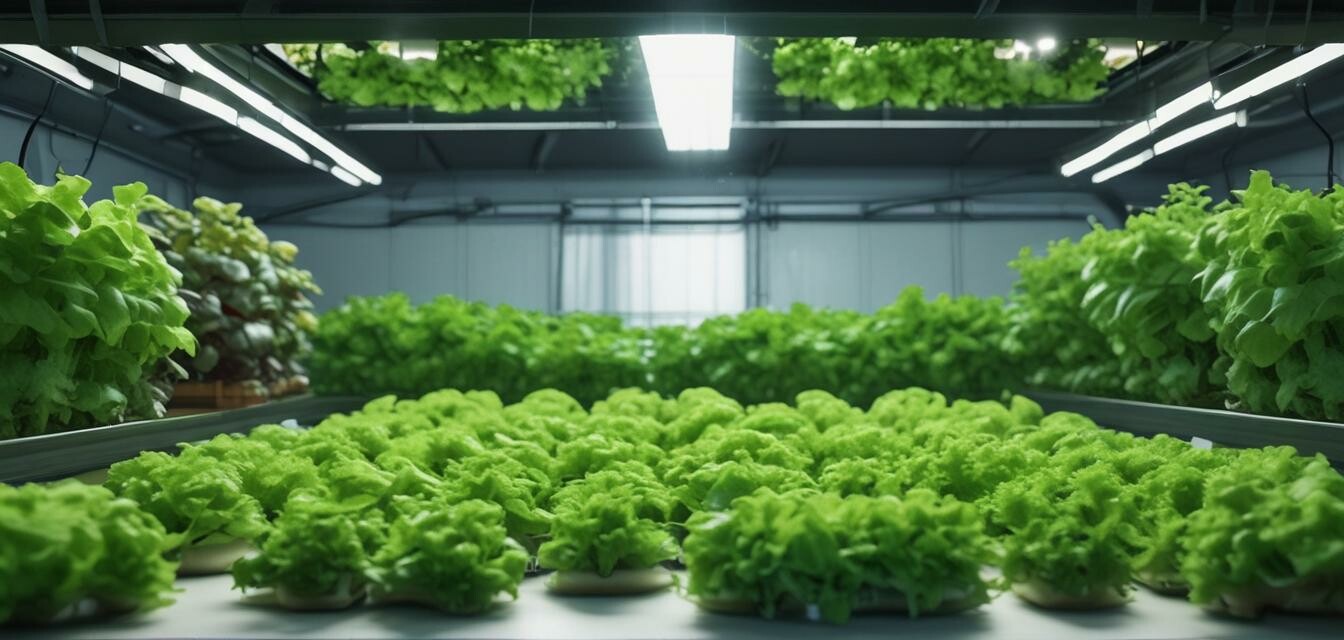
Considerations for Beginners
Beginners Tips
- Start small and experiment with different techniques
- Choose easy-to-grow plants like lettuce and herbs
- Invest in a good quality hydroponic system
Common Hydroponic Growing Mistakes
Even with the best intentions, mistakes can happen. Here are some common mistakes to avoid:
- Overwatering or underwatering
- Inadequate nutrient supply
- Inadequate pH control
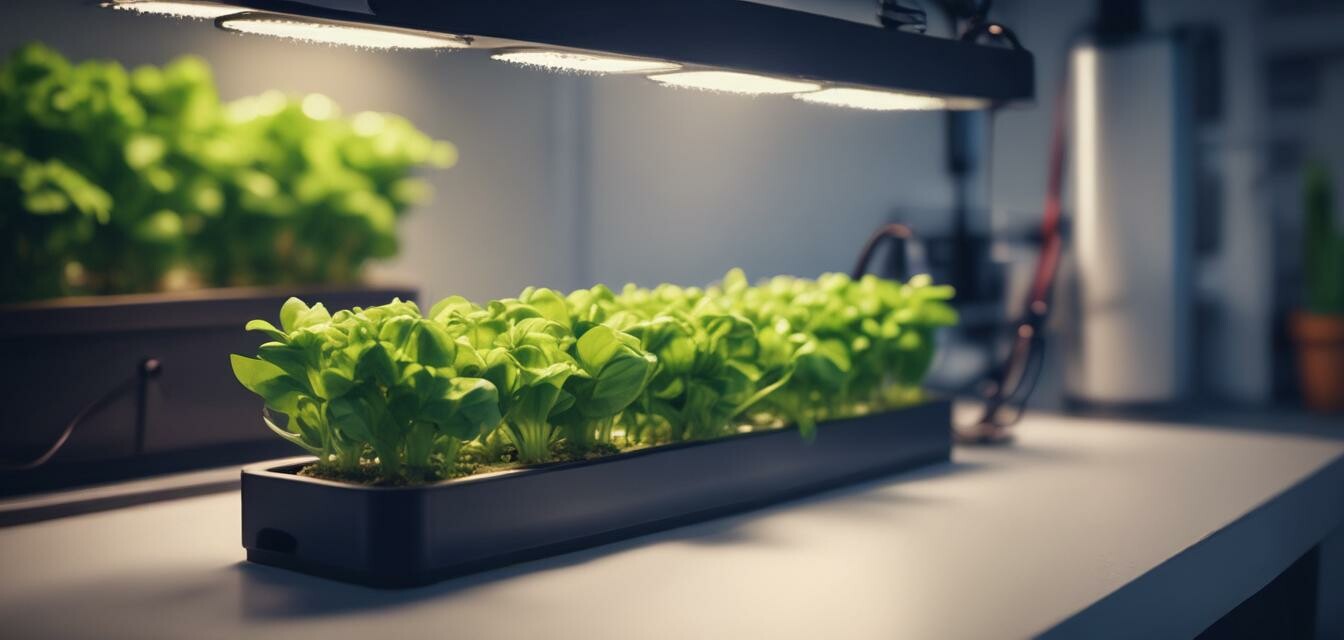
For more information on hydroponic pumps and accessories, check out our Hydroponic Pumps and Accessories page.
Maximizing Plant Yield and Growth Efficiency
To maximize plant yield and growth efficiency, consider the following:
- Provide optimal nutrient supply
- Maintain optimal pH and temperature levels
- Ensure adequate lighting and CO2 levels
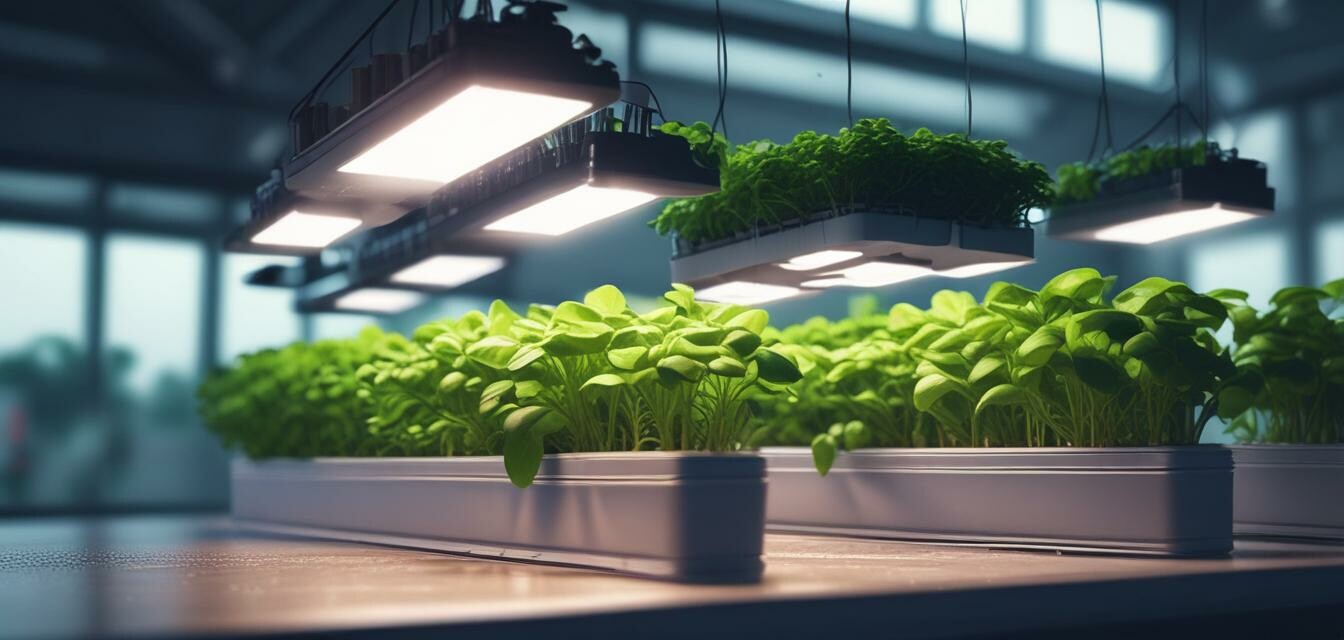
For more information on hydroponic lighting solutions, check out our Lighting Solutions for Hydroponics page.
Pros
- Increased plant yield and growth efficiency
- Water-efficient and environmentally friendly
- Easy to automate and monitor
Cons
- Initial investment can be high
- Requires regular maintenance and monitoring
- Can be prone to errors and mistakes
Conclusion
Hydroponic growing techniques offer a unique way to grow plants without soil, providing more control over the nutrient intake and resulting in faster growth rates and higher yields. By understanding the different types of hydroponic growing techniques and choosing the right one for your plants, you can maximize plant yield and growth efficiency.
For more information on hydroponic growing and other related topics, check out our Countertop Hydroponic Kits and Environmental Control Equipment pages.
